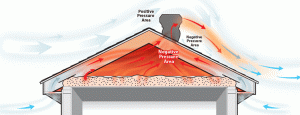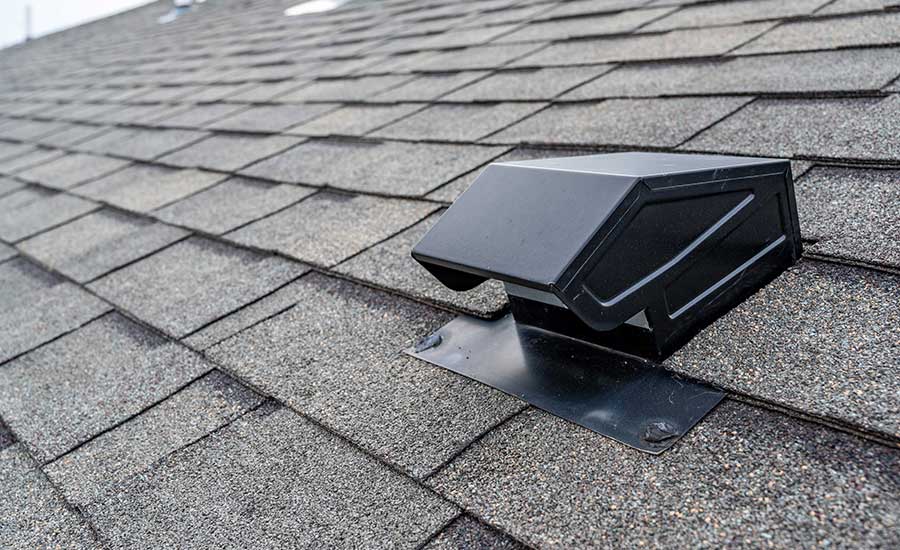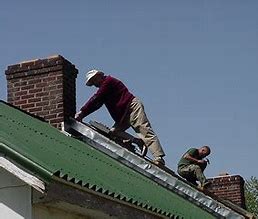A well-ventilated roof is pivotal for maintaining the health of your home and maximizing the lifespan of your roofing system. Despite its importance, roof ventilation is often overlooked. In this guide, we delve into the significance of roof ventilation and provide insights on optimizing it for your home.
 Why Roof Ventilation Matters
Why Roof Ventilation Matters
- Temperature Regulation: A properly ventilated roof helps disperse heat, ensuring that your attic doesn’t become a furnace in the summer, which can also ease the load on your air conditioning system.
- Moisture Control: Ventilation prevents moisture buildup, which can lead to mold growth, wood rot, and compromised insulation.
- Ice Dam Prevention: In colder climates, proper ventilation helps ensure even roof temperatures, preventing the formation of ice dams which can cause water to seep under shingles.
- Roof Longevity: With reduced heat and moisture stress, roofing materials tend to last longer.
Key Components of Roof Ventilation
- Intake Vents: Positioned at the roof’s lowest edge, often under the eaves, they allow fresh air to enter. Examples include soffit or edge vents.
- Exhaust Vents: Located at or near the roof’s peak, they let warm, moist air escape. Examples are ridge vents, box vents, and turbines.
Getting Roof Ventilation Right
- Balance is Key: An efficient ventilation system maintains a balance between intake and exhaust. This ensures that fresh air can effectively push out stale air.
- Calculating Ventilation Needs: As a general rule, you should have 1 square foot of ventilation for every 300 square feet of attic space. However, consult with a professional to get a precise assessment.
- Continuous Ridge-and-Soffit Systems: These are highly recommended for optimal ventilation. Ridge vents run along the roof peak, allowing moist, warm air to escape, while soffit vents admit cool air from the bottom.
- Avoid Mixing Vent Types: Using different types of exhaust vents can counteract each other’s functions, causing short-circuiting of the ventilation process.
- Check for Obstructions: Regularly inspect and clean your vents to ensure there’s no blockage from debris, bird nests, or insulation.
- Consider Additional Features: For homes in extremely hot or cold climates, features like radiant barriers or attic fans can enhance the efficiency of your ventilation system.
Conclusion
Roof ventilation might seem like a minor detail, but its implications on the health of your home and the longevity of your roofing system are profound. Whether you’re building a new home, redoing your roof, or just looking to optimize your current system, always consult with a roofing professional to ensure your ventilation is adequate and efficient. Proper roof ventilation not only protects your investment but also makes your living space more comfortable and energy-efficient.






